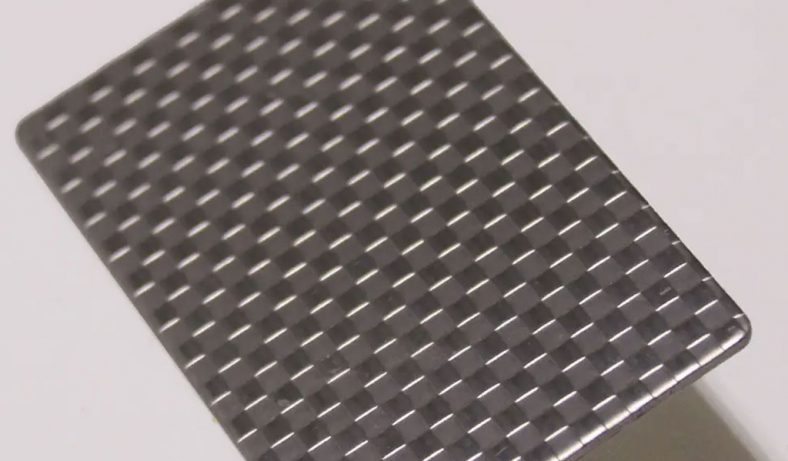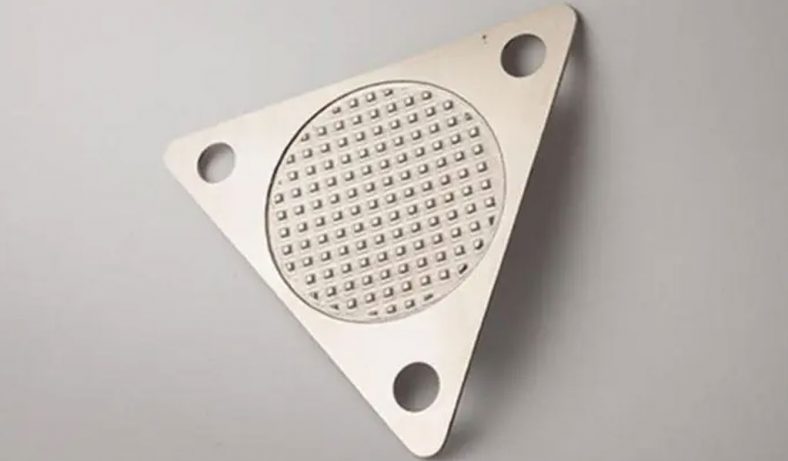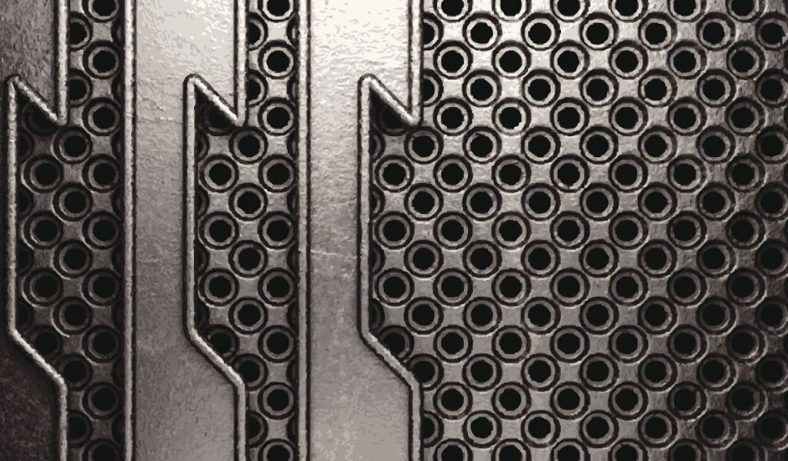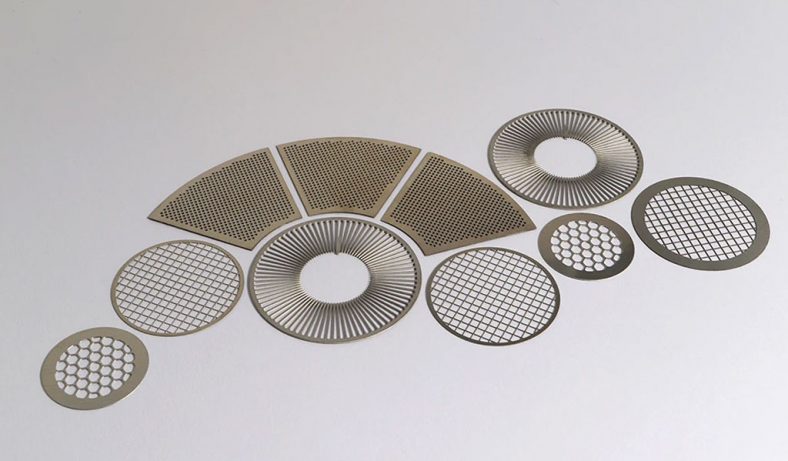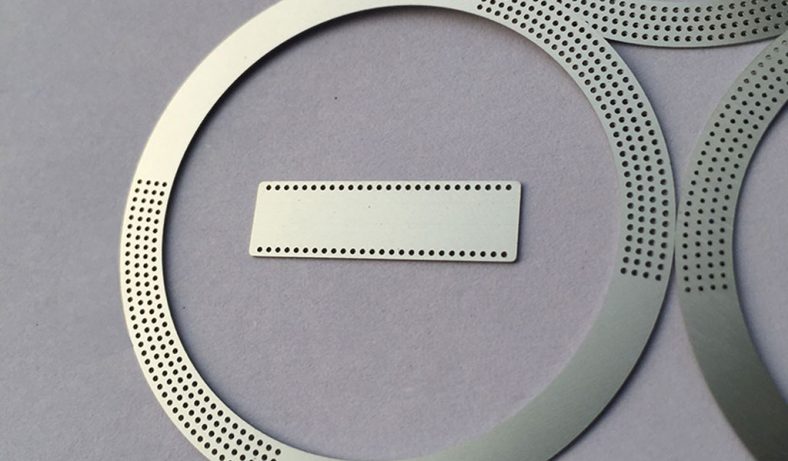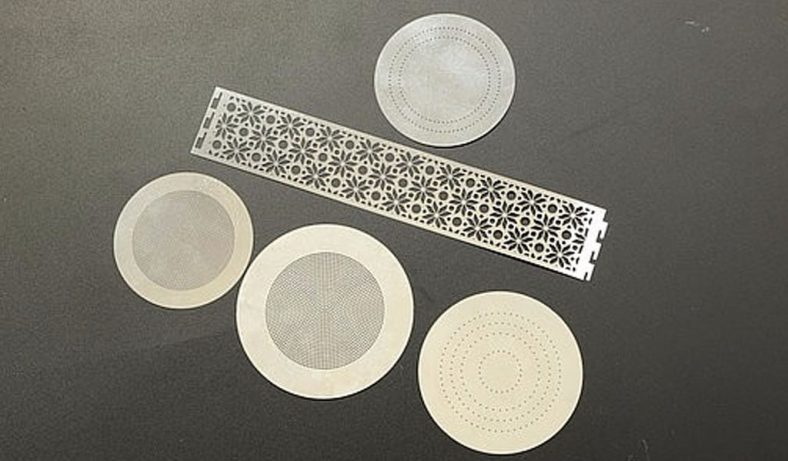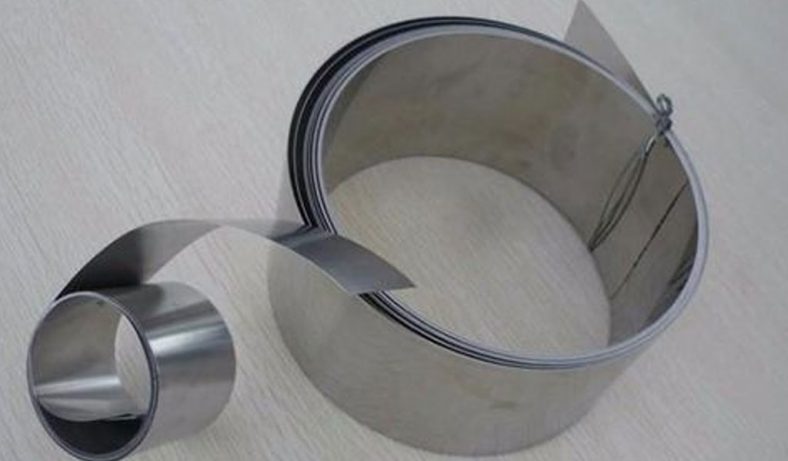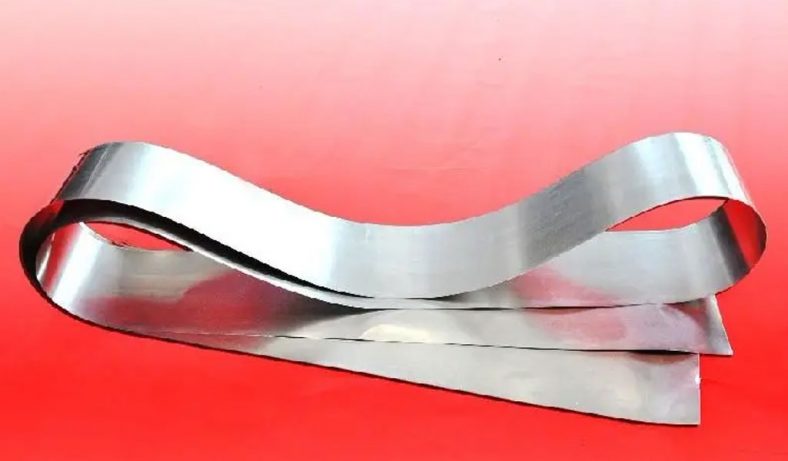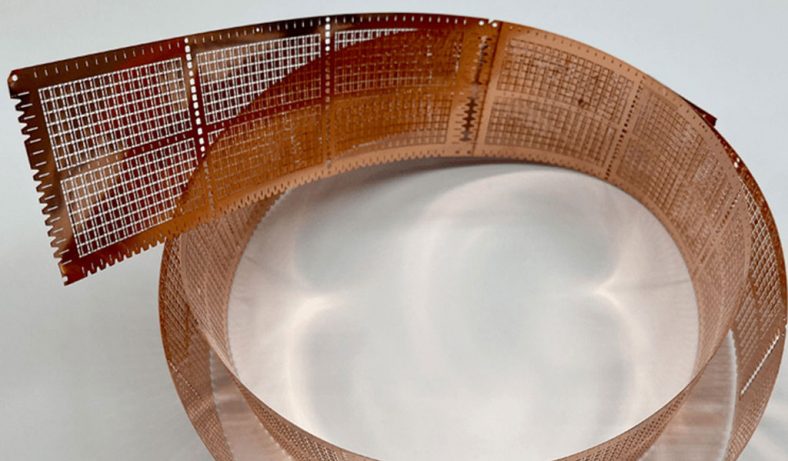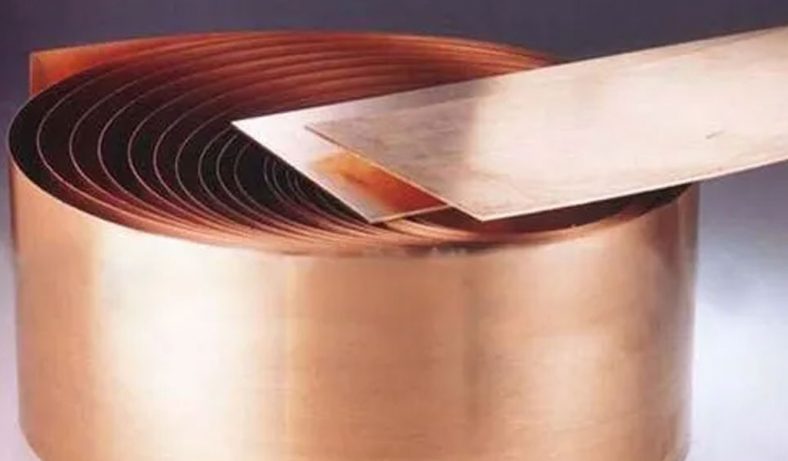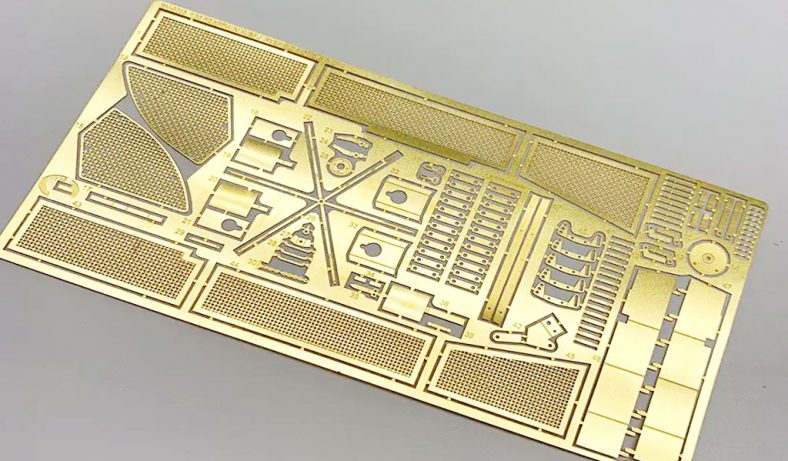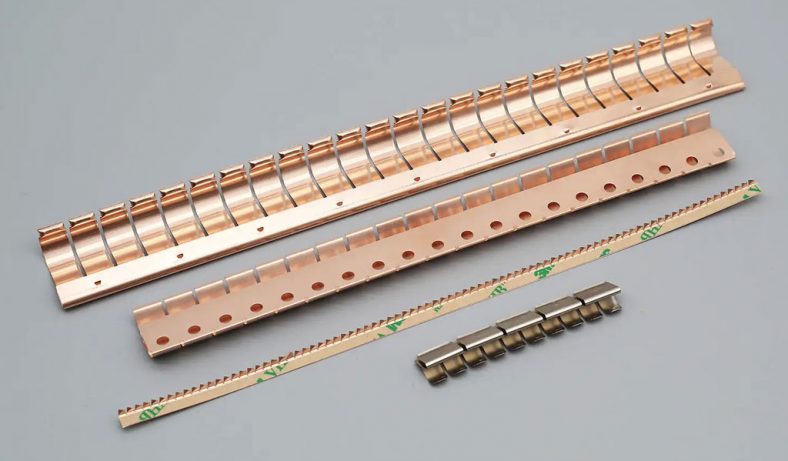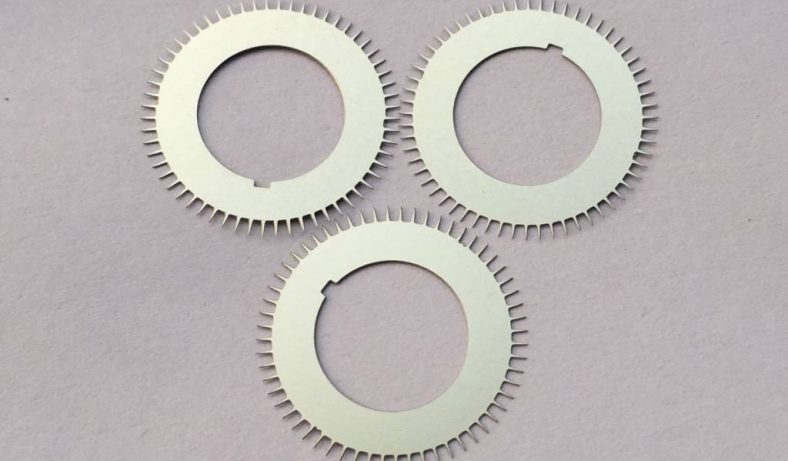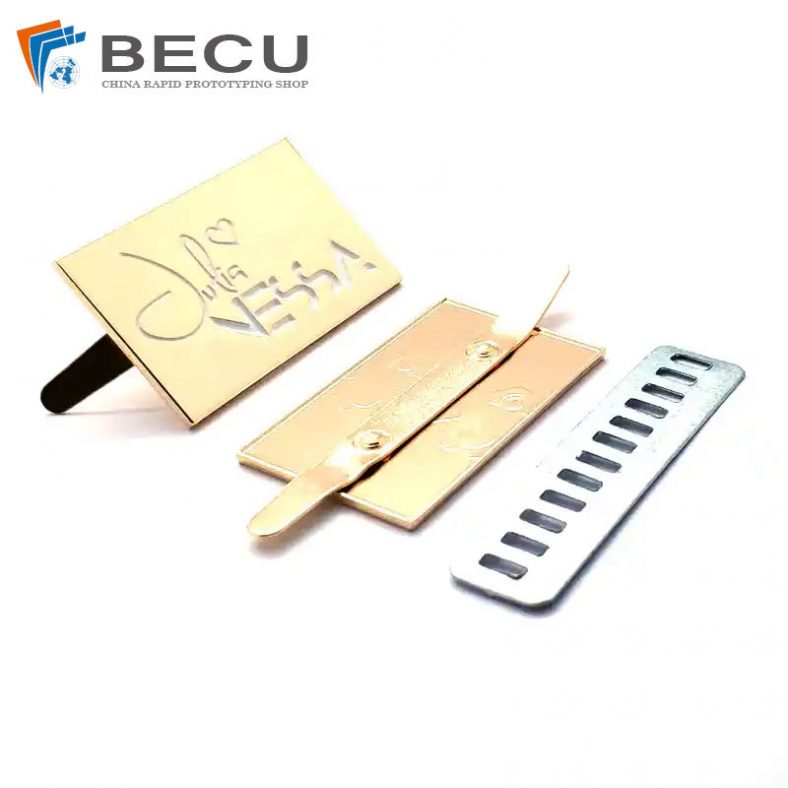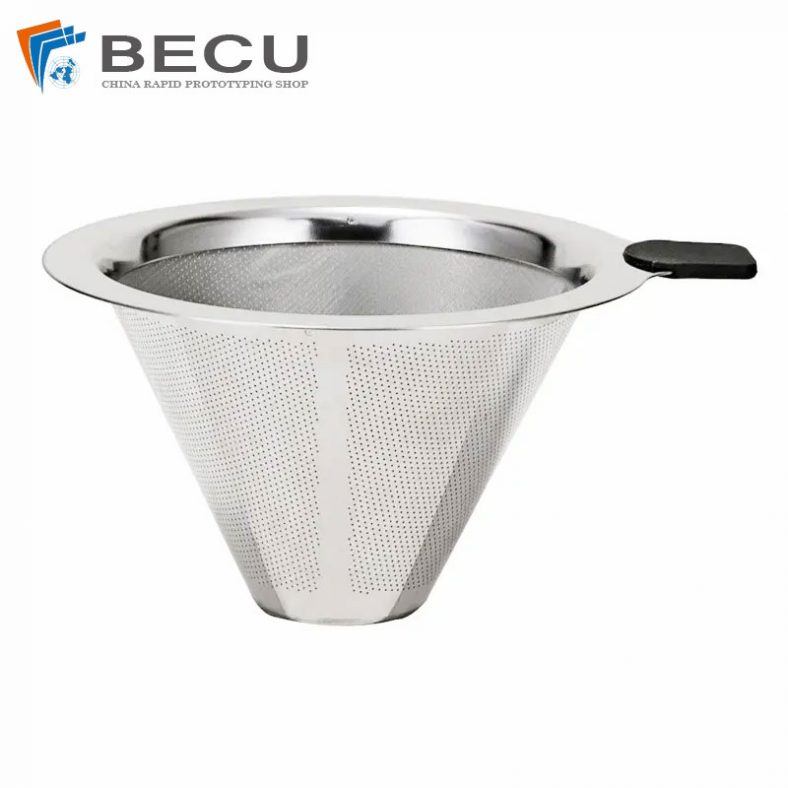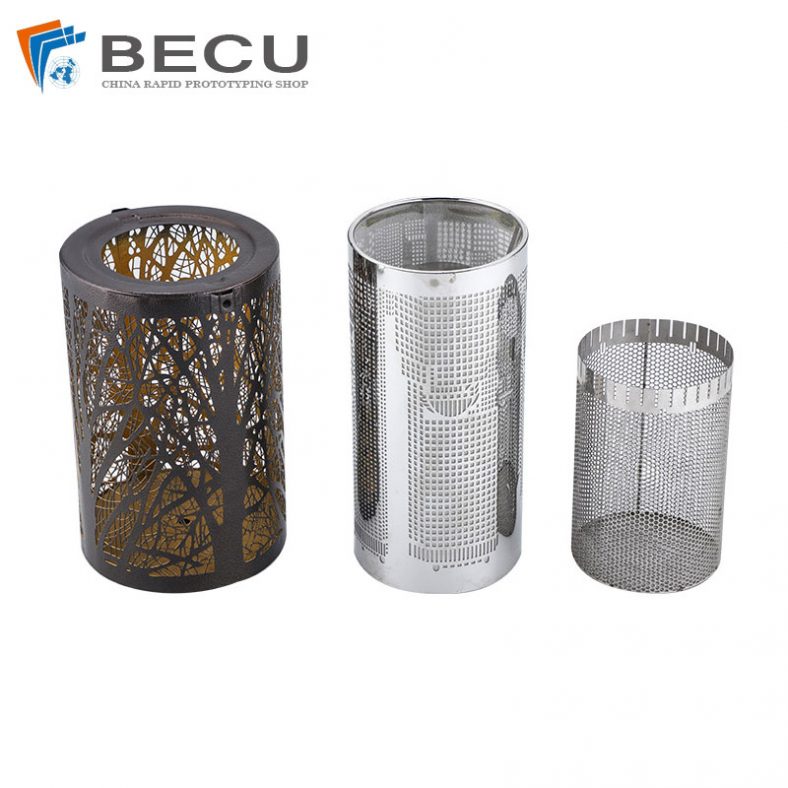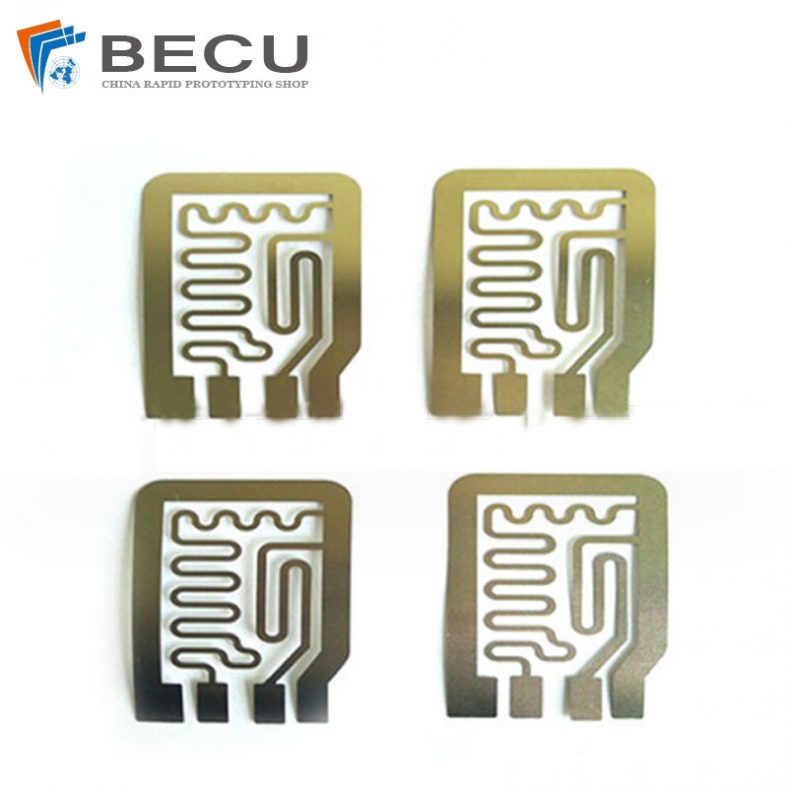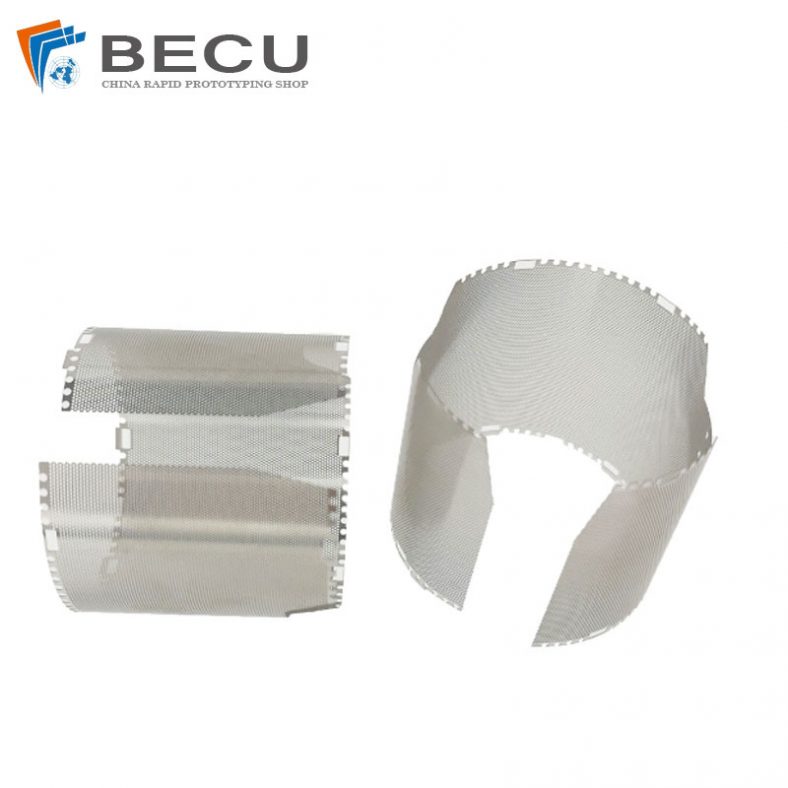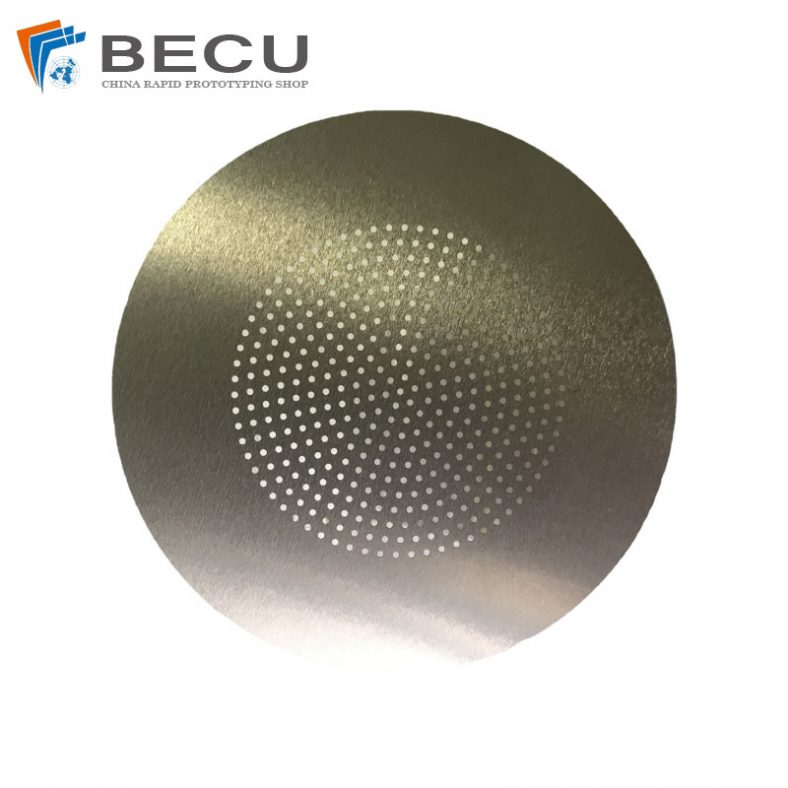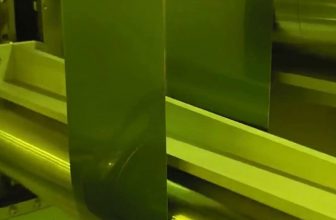Stainless steel microhole etching, also known as stainless steel microhole machining or microhole drilling, is a specialized machining process used to create very small holes or apertures in stainless steel material. This process is often used in various industries, including electronics, medical devices, aerospace, and microfluidics, where precise and tiny holes are required.
The Methods Of Stainless Steel Microhole Machining
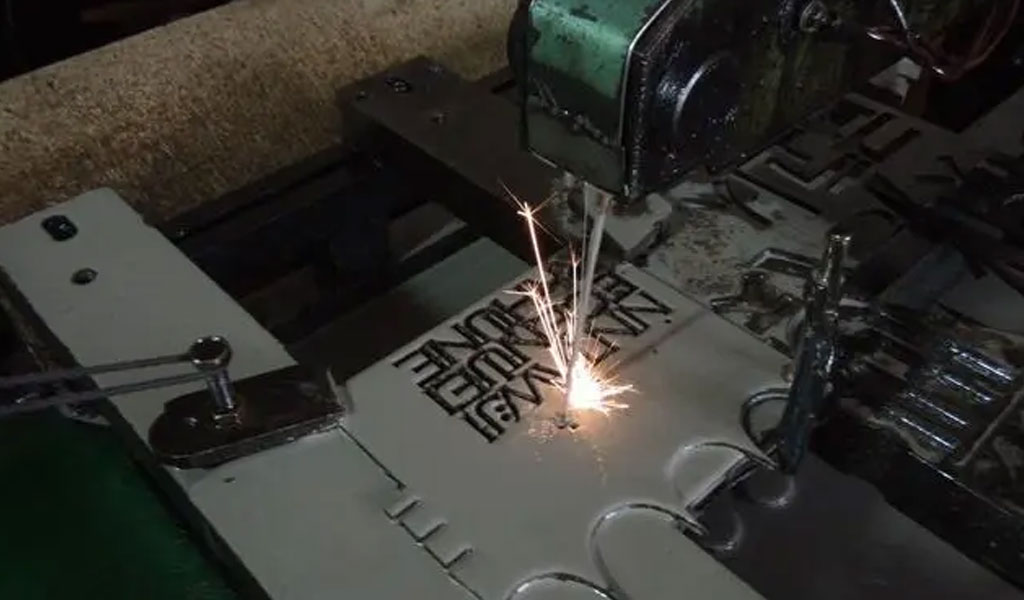
Stainless Steel Microhole Machining Method 1: wire cutting
The micropores processed by this process will have some defects around the aperture. Since wire cutting will produce some oil stains, etc., it needs to be cleaned later, and the cleaning should be clean. In addition, in wire cutting, since the speed of the wire directly affects the straightness of the vertical edge of the aperture, try to use slow wire Machining. The key point of the connection between the knife opening and the knife retracting mouth needs to be polished in the later stage. Relatively speaking, the efficiency is relatively low, and it is not suitable for Machining some ultra-thin materials.
Stainless Steel Microhole Machining Method 2: Laser Cutting
Micro drilling is faster than wire cutting. However, there are also some shortcomings in Machining, such as: edge Machining of cutting and closing edges. Since the laser burns the material through light and temperature, it is easy to leave some residue around the aperture. The residue is black in color and difficult to clean. The smallest hole processed by laser can reach 0.1mm or even smaller holes. However, after magnifying N times, the existence of wavy patterns is its biggest flaw. In addition, laser cutting of micropores can easily change the properties of materials through high temperatures, which can easily affect some special materials.
Stainless Steel Microhole Machining Method 3: Etching Process
Material thickness determines which process must be used. Yaodafa’s precision etching process can well solve the problem of sub-micropore production. The main application is: etching process. This process can effectively match the thickness of the material used and solve the problem of how to process micro holes. Especially for some densely packed small holes with high tolerance requirements, there are very unique Machining methods. The processed small hole wall has no burrs, the hole diameter is uniform, and the roundness is good. When such dense or non-dense small hole products require mass production, the etching process can also actively respond. Yaodafa uses roll-to-roll glass exposure machines to produce etched products. Production is up to 1000 square meters per day. It greatly satisfies the problem of high-end precision microhole etching Machining.
When the etching process solves the micropore problem, the essential link needs to be limited by the thickness of the material. For example: when etching a small hole with a diameter of 0.2mm, the thickness of the material used must be before 0.03-0.08mm. If the thickness is greater than 0.2mm, the etching process is not applicable to solve the problem of Machining the 0.2mm small hole. Because at this time, the expansion of the chemical etching agent cannot meet the etching amount.
How Do Microhole Etching Work?
The microhole etching process typically involves the following steps:
- Masking: A mask or stencil is applied to the stainless steel surface. This mask is typically made of a material that resists the etching process and is designed to protect the areas where holes are not required.
- Etching: The stainless steel material is exposed to an etchant, which is a chemical solution or a combination of chemicals that selectively removes material from the exposed areas. Common etchants for stainless steel include acids like nitric acid or hydrochloric acid. The etching process is carefully controlled to create the desired hole size and shape.
- Rinsing: After the etching process, the stainless steel is thoroughly rinsed to remove any residual etchant.
- Removal of Mask: The mask is removed, revealing the tiny holes or microapertures that have been etched into the stainless steel.
Stainless steel is a popular material choice for microhole etching due to its corrosion resistance and durability. The size of the microholes can vary depending on the specific application and requirements, and they can range from several micrometers (µm) to a few millimeters in diameter.
The Application Of Microhole Etching
Microhole etching is commonly used in applications such as:
- Microfluidics: Creating precise channels and ports for the manipulation of small volumes of fluids.
- Filtration: Producing filters with controlled pore sizes.
- Sensor manufacturing: Developing sensors that require tiny openings for signal detection.
- Drug delivery devices: Building devices for controlled drug release through microscale apertures.
- Aerospace components: Creating lightweight components with microscale holes for various functions.
- Electronics: Fabricating microelectromechanical systems (MEMS) and microelectronics components.
The process of stainless steel microhole etching allows for high precision and repeatability, making it a valuable technology for industries that demand miniaturization and intricate designs in their products.

